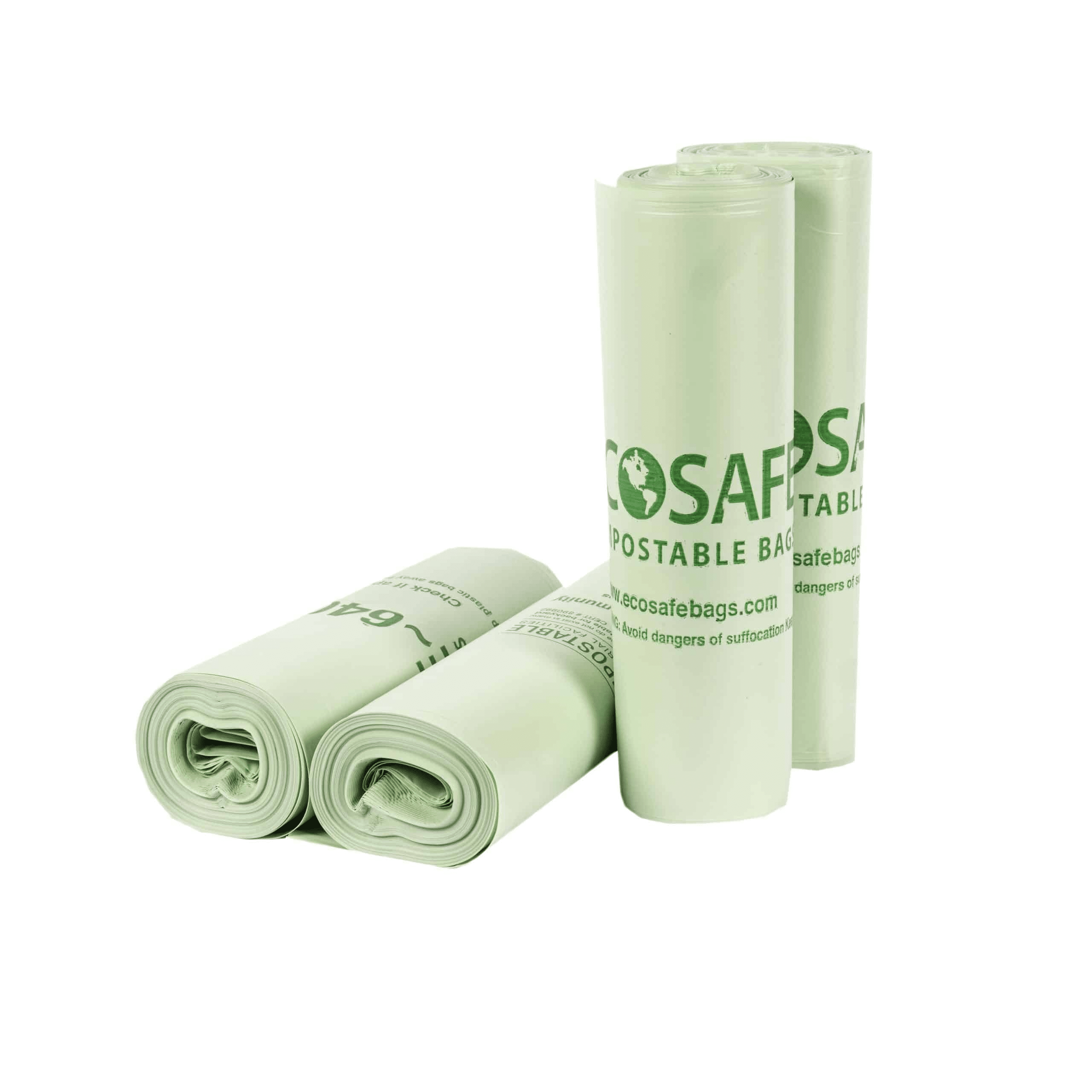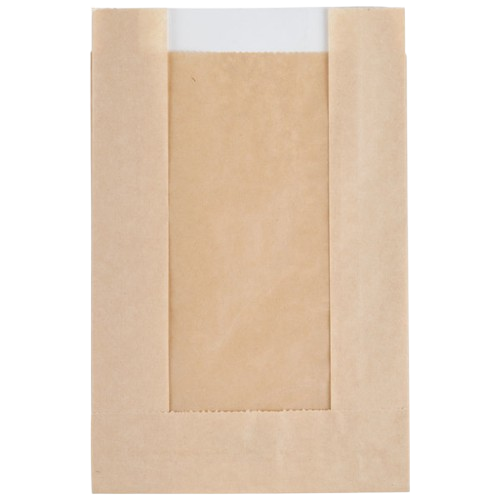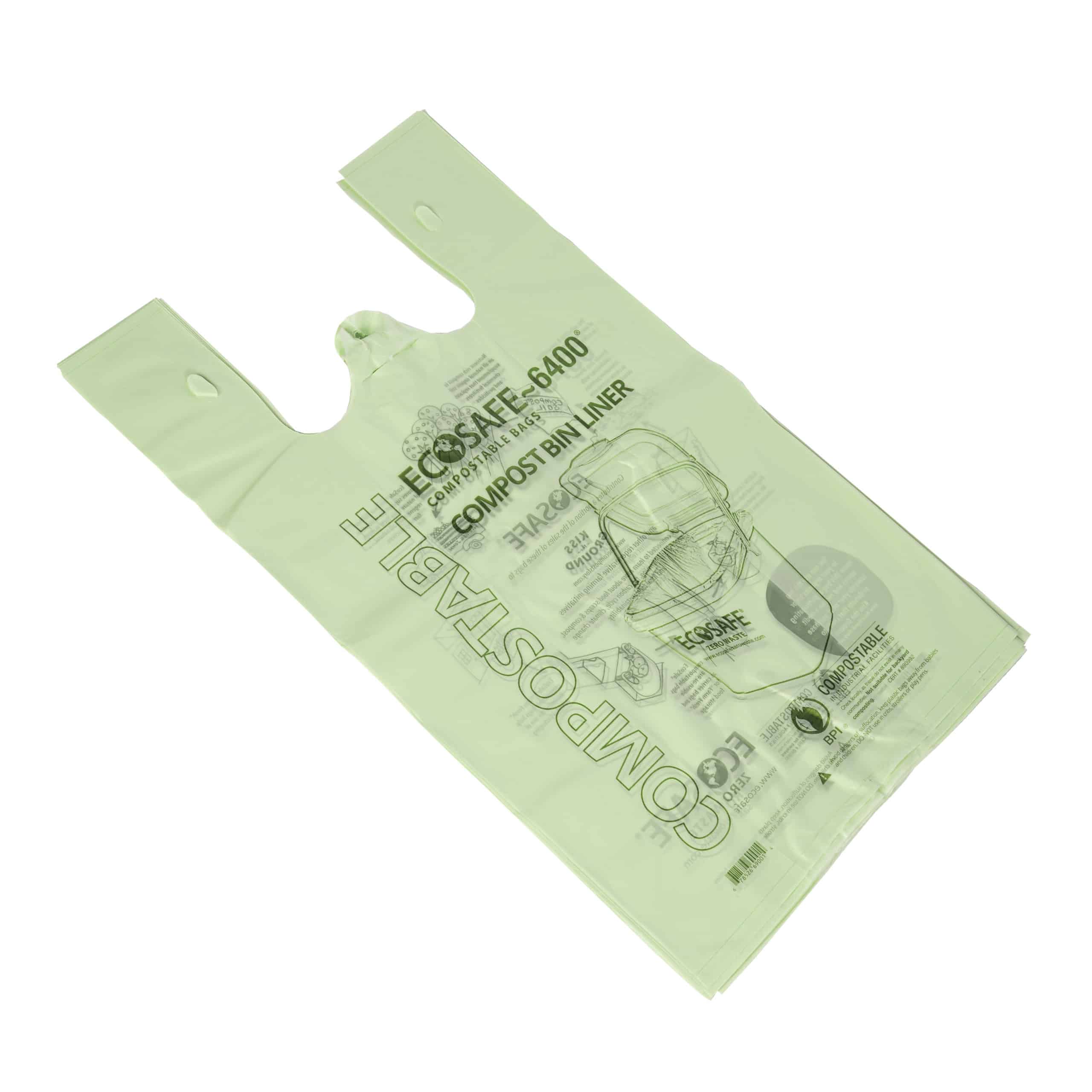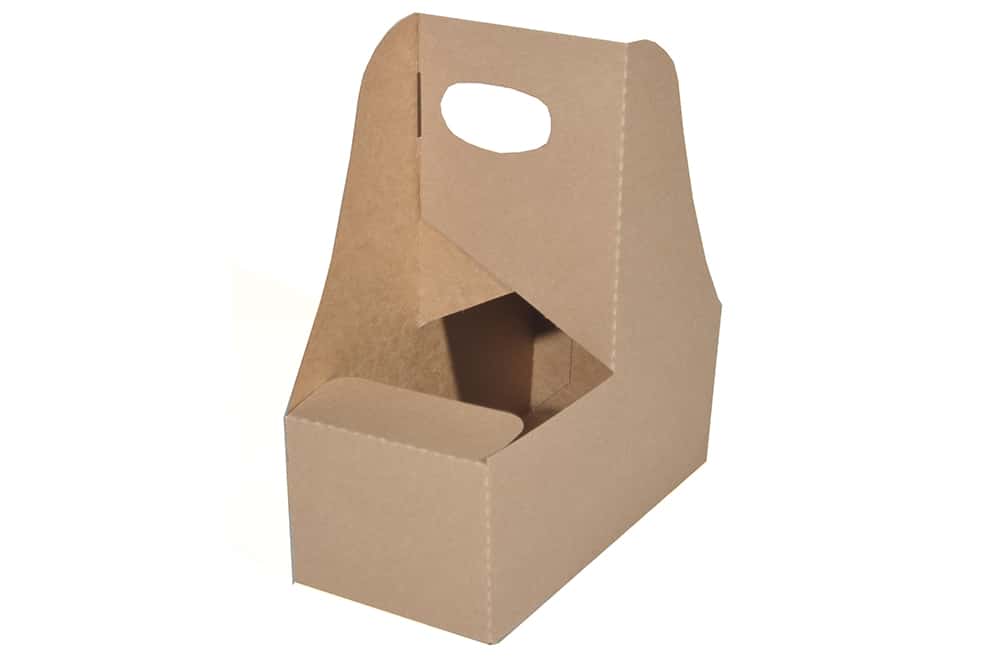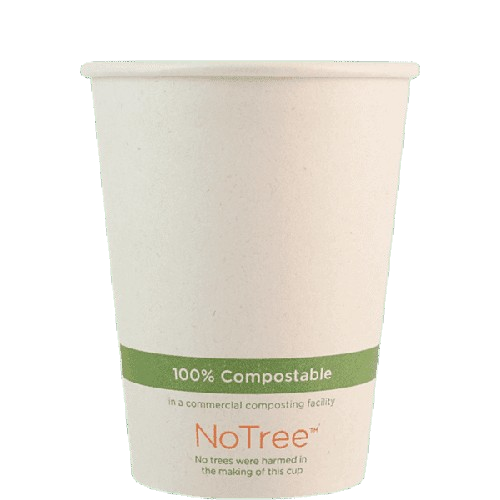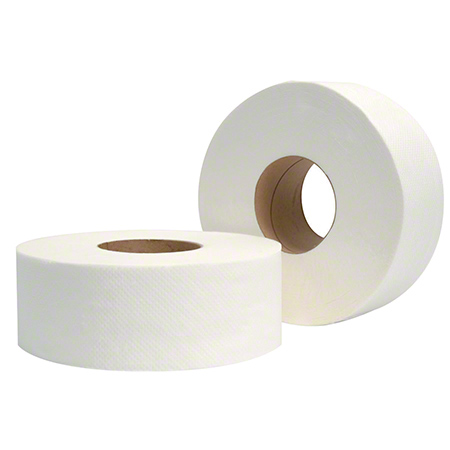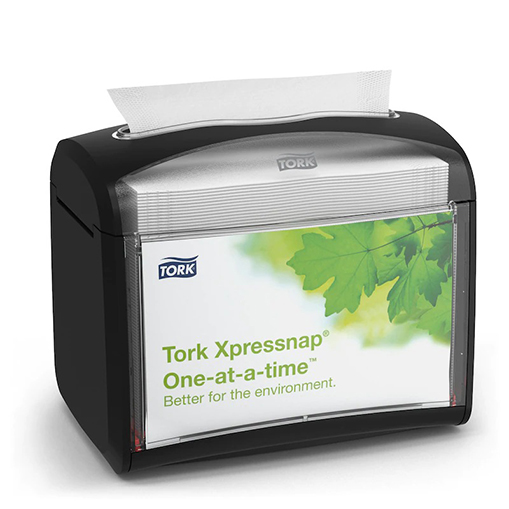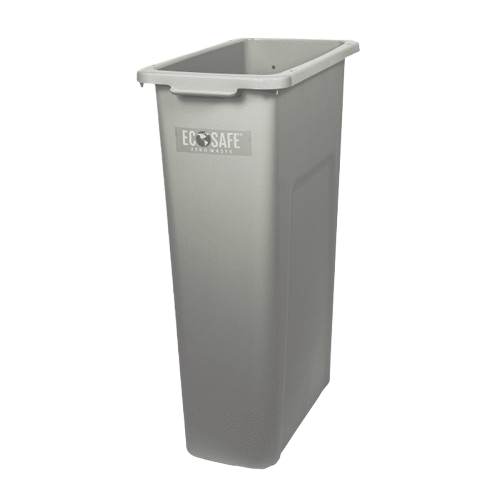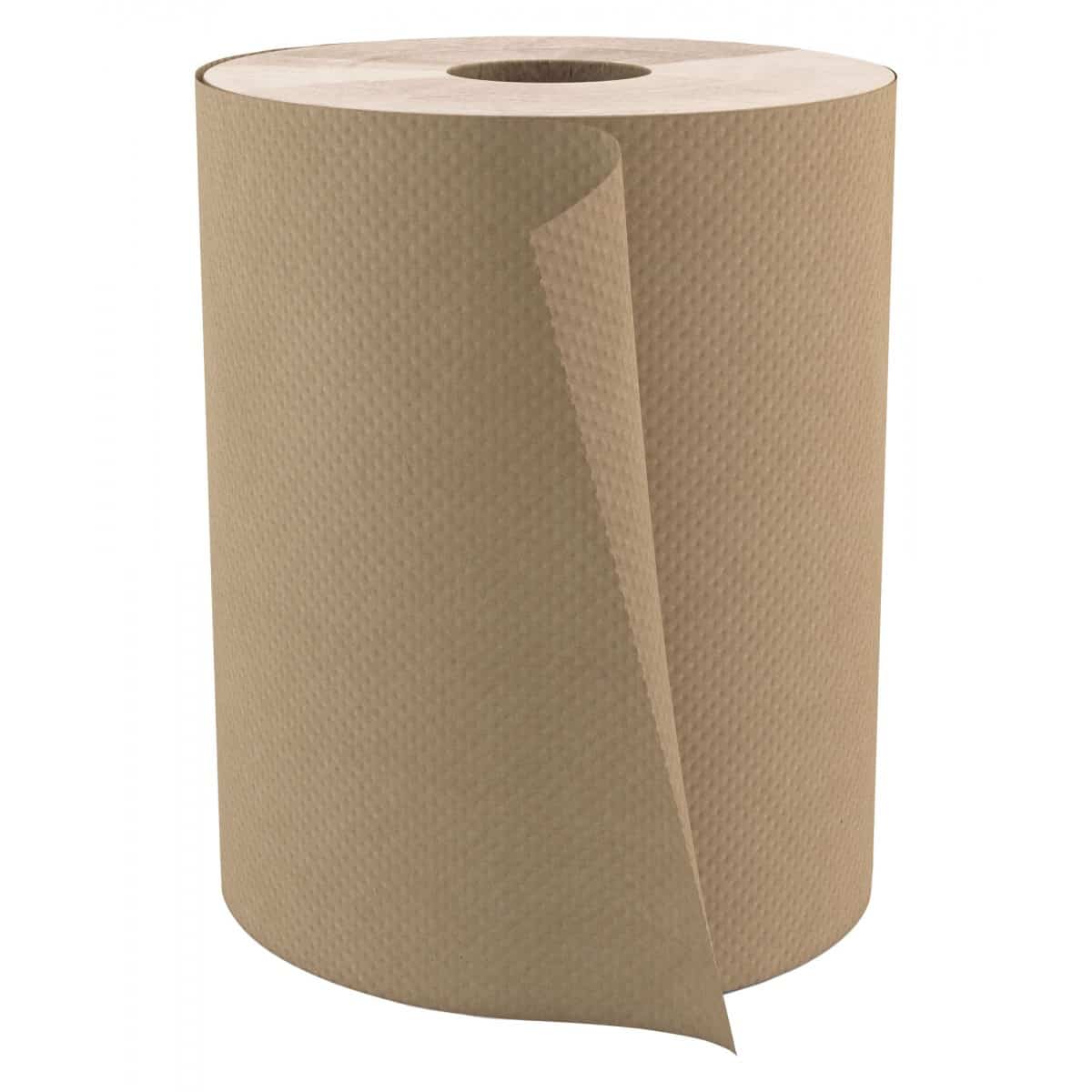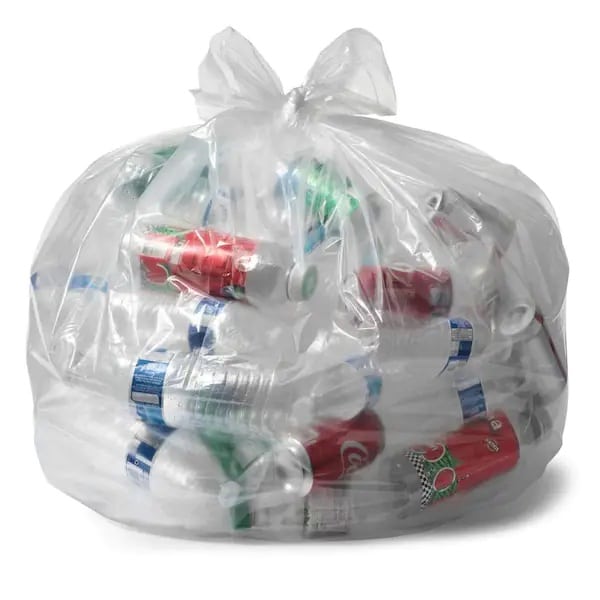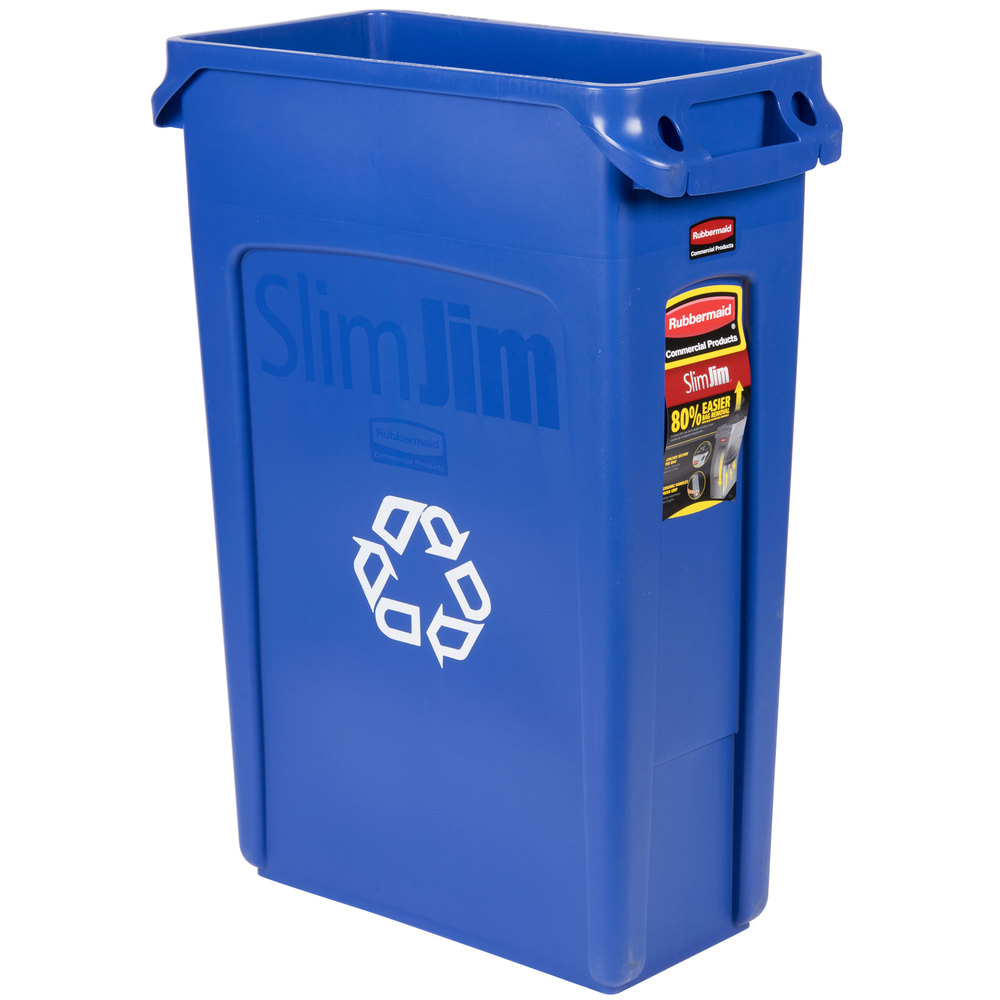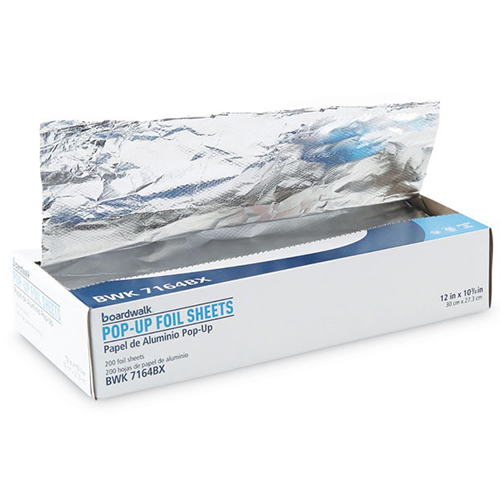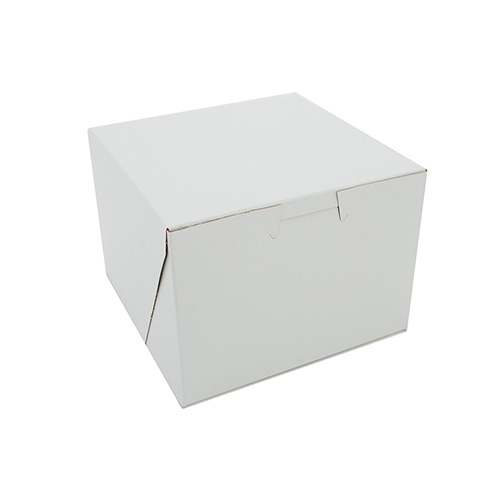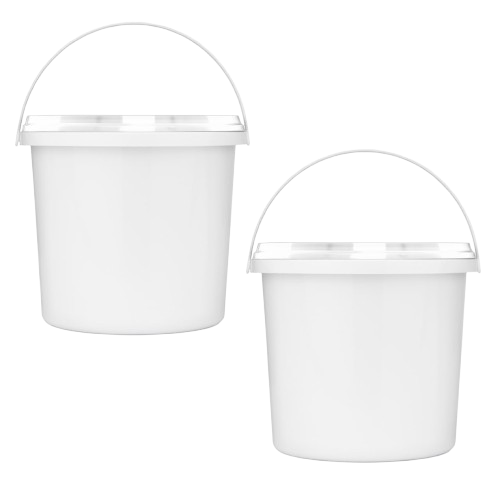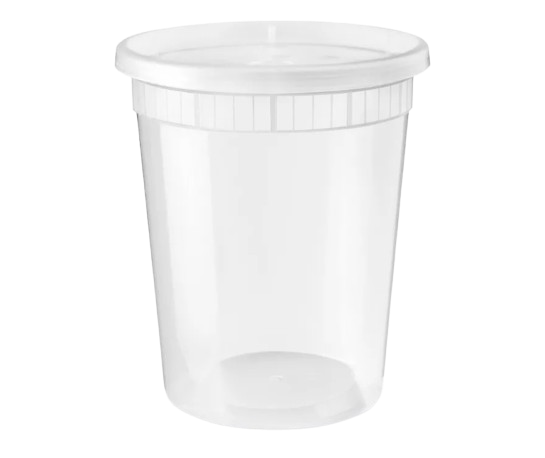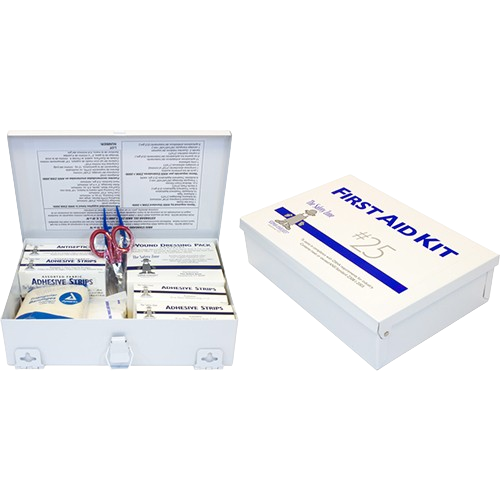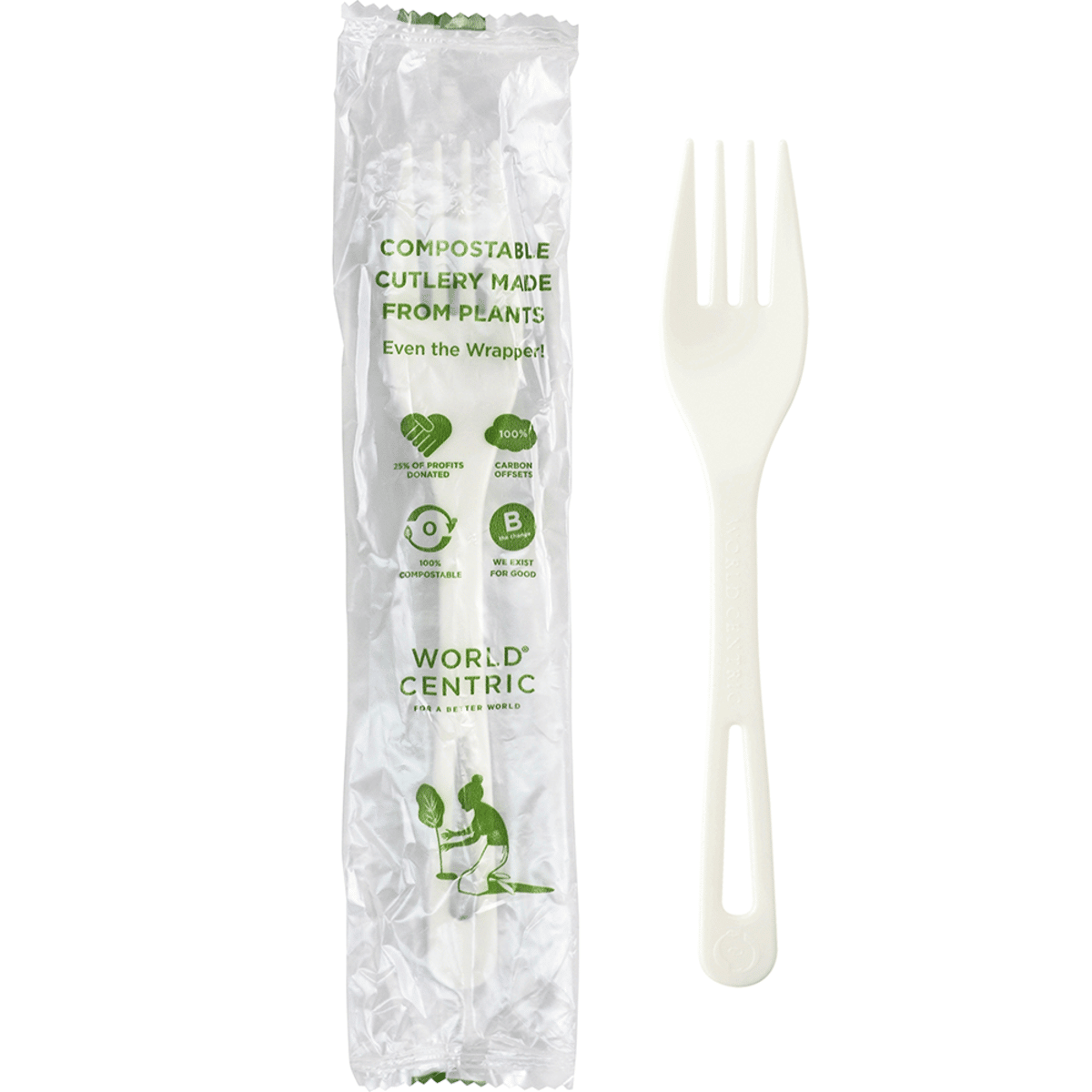
The Rise of Eco-Friendly Food Packaging: 5 Reasons Why It’s the Future
The food packaging industry worldwide faces a challenge in providing more sustainable and eco friendly food packaging options. This is in part to the following reasons: the rising demand from consumers for environmentally conscious products and a growing awareness of the negative impact of packaging waste on the environment. As a result, food packaging suppliers are now prioritizing eco-friendly packaging that is sustainable, functional, and cost-effective.
While these products offer a more sustainable option, tradeoffs are involved in balancing different factors such as functionality, durability, and cost-effectiveness. Companies may face challenges when choosing sustainable food packaging products and setting eco goals. For example, the packaging may have a higher upfront cost but can be more durable and cost-effective in the long run.
This post will explore the importance of eco-friendly packaging and its impact on the environment and society. We will discuss how consumers can drive demand for sustainable packaging and offer insights into different eco-friendly options available, along with their benefits and drawbacks. Additionally, we’ll guide you on building positive and natural customer relationships and setting eco goals. Finally, we’ll explore the factors companies must consider when making sustainable packaging decisions. We hope you’ll better understand why eco-friendly food packaging is the future by the end of this post.
1. Consumers Are More Conscious of the Environment
Consumers have become increasingly conscious of the impact of their choices on the environment in recent years. This shift in consumer behavior has significantly affected the food packaging industry, as more and more consumers are looking for eco-friendly food packaging options. Consumer consciousness toward the environment continues to drive a growing awareness of the impact of packaging waste on the environment and a desire to reduce one’s carbon footprint.
One of the key factors driving this trend is the availability of eco-friendly packaging options. Food packaging suppliers are increasingly offering green food packaging alternatives. These products provide a more sustainable opportunity but also have tradeoffs in balancing different factors such as functionality, durability, and cost-effectiveness.
While the availability of eco-friendly packaging options is essential, it is not the only factor driving consumer behavior. Companies must also consider the impact of their packaging decisions on the environment and the communities where their products sell. Consumers are more conscious of their environmental impact and are more likely to support companies that adopt sustainable packaging practices.
Companies often struggle to educate consumers about the significance of eco-friendly packaging and to motivate them to opt for more sustainable choices. Companies may need to invest in marketing campaigns that emphasize the environmental advantages of their eco-friendly packaging options and provide guidance on proper disposal methods. Despite these challenges, companies are positioning themselves positively by adopting sustainable packaging practices. They, in turn, meet customer demand while contributing to a more sustainable and responsible future.
2. Build a Positive and Natural Relationship With Your Customers
Building a positive and natural relationship with customers is crucial in the hospitality industry, especially within restaurants. As mentioned in the previous section, consumers are becoming more conscious of the environment. Companies prioritizing sustainable and eco-friendly food packaging practices can strengthen their relationship with customers as they align with their values and concerns.
A great way to establish a positive customer relationship is to provide eco-friendly food packaging choices. By using biodegradable or sustainable paper products, companies can demonstrate their commitment to minimizing their environmental footprint. Offering eco-friendly food packaging can increase customer loyalty and trust in the brand.
Creating a positive relationship with customers requires more than simply using eco-friendly packaging. Companies need to focus on customer satisfaction while implementing sustainable options. Ensuring the packaging is functional, convenient, and meets the customers’ expectations is pivotal.
Another important factor is transparency. Companies must be transparent about their packaging choices and how they align with their values and sustainability goals. Sharing the materials used, the manufacturing process, and the end-of-life disposal options for the packaging. By being transparent, companies can build trust and credibility with customers.
Lastly, companies can build a positive relationship with customers by engaging with them on social media and other channels. Companies can share information about their sustainability initiatives and ask for customer feedback and suggestions. By engaging with customers, companies can build a sense of community and foster a deeper connection with their audience. When restaurants switch to eco-friendly food packaging, they can strengthen those positive and genuine customer relationships, increasing customer loyalty.
3. An Eco-Friendly Approach Helps Combat Environmental Challenges
Adopting eco-friendly practices and products is crucial with today’s increasing environmental challenges. The food packaging industry significantly contributes to environmental waste, making eco-friendly food packaging essential. Eco-friendly packaging can help reduce the negative impact on the environment by using sustainable materials and minimizing waste. Switching to eco-friendly food packaging can also lessen the carbon footprint of the production and disposal process.
Changing consumer preferences is one aspect that drives the need for an eco-friendly approach. Consumers are considering the impact on the environment that their purchasing decisions have and are demanding eco-friendly alternatives. Consumers view businesses that prioritize eco-friendly practices more favorably, and this positive perception can increase customer loyalty and sales.
However, there are tradeoffs involved in implementing an eco-friendly approach. Eco-friendly food packaging may cost more to produce than traditional packaging, which can impact a business’s bottom line. Additionally, sourcing sustainable materials may be challenging and require significant investment. Despite the challenges, the need for an eco-friendly approach is urgent. It is becoming increasingly apparent what impacts climate change and environmental degradation have on our world. Businesses must take action to reduce their environmental impact. By adopting eco-friendly practices, companies can help combat environmental challenges.
4. Availability of Eco-Friendly Food Packaging
The availability of a wide variety of eco friendly food packaging options is one of the reasons why it is the future. The number of sustainable packaging options on the market has significantly increased in recent years.
One of the benefits of having a wide variety of eco-friendly food packaging options is that it allows businesses to choose the best option for their specific needs. For example, a company that needs to keep food hot or cold during transport may opt for insulated plant-based packaging. In contrast, a business that reduces waste may choose compostable packaging made from sugarcane or bamboo. Sustainable paper products, recycled plastic, or plant-based alternatives, such as PLA (polylactic acid), are also available based on a business’s needs. Having a variety of eco-friendly packaging options also allows businesses to meet the needs of their customers. Companies can attract and retain eco-conscious customers by offering a range of eco-friendly packaging options.
Adopting eco-friendly food packaging solutions can reduce waste and benefit the environment. Overall, the availability of various eco-friendly food packaging options is an important reason why sustainable packaging is the future. It allows businesses to choose the best option for their needs and meet eco-conscious customers’ expectations while reducing the environmental impact of food packaging.
5. Eco-friendly Goals Have Become Increasingly Important
Most countries have set nationwide bans or sustainability goals that companies must adhere to. These bans or goals have led to an increase in companies developing their own eco-friendly goals. Setting eco goals is critical to achieving sustainability in the food packaging industry. Eco goals are targets set by companies to reduce their environmental impact and increase their social responsibility. These goals include reducing carbon emissions, minimizing waste generation, and expanding the use of renewable resources.
To set eco goals effectively, companies must consider various factors such as their business objectives, stakeholder expectations, and available resources. It is crucial to balance these factors and identify realistic and achievable targets. Companies should also prioritize areas with the most significant environmental and societal impact.
When setting eco goals, companies face balancing environmental impact with economic feasibility. Implementing sustainable solutions can be expensive, requiring significant investment. Additionally, companies must ensure that their eco goals align with industry standards and regulations and that their operations have minimal impact on local communities. Failure to comply with environmental regulations can lead to legal consequences.
Even though there are obstacles, the food packaging industry needs to establish eco-friendly objectives to attain sustainability. Sustainable measures can enhance brand image and customer loyalty, making it a valuable investment in the future.
Switch to Eco-friendly Food Packaging Today
Individuals and businesses are increasingly switching to eco-friendly solutions as our actions’ impact on the environment is becoming more prevalent. Using eco-friendly food packaging solutions is vital for companies that wish to build a positive and natural relationship with their customers. An eco-friendly approach is needed as it helps the environment and brings cost savings to businesses.
Switching to eco-friendly solutions today is the first step towards positively impacting the environment. Our company offers a range of eco-friendly packaging solutions, including biodegradable and compostable food packaging made from sustainable paper products and other materials. These solutions provide a range of benefits, including reducing carbon emissions and waste, promoting sustainable forest management, and reducing reliance on non-renewable resources.
While switching to eco-friendly solutions can involve tradeoffs, such as potentially higher costs or a different look and feel to the packaging, the long-term benefits far outweigh these factors. Additionally, by choosing eco-friendly food packaging products, businesses can demonstrate their commitment to sustainability, which can be a significant selling point for eco-conscious consumers.
It is essential to consider the potential future impacts of our actions on the industry and communities. The variety of eco-friendly packaging and the increased setting of eco goals are just a few reasons why eco-friendly food packaging is the future. While there may be short-term challenges in transitioning to eco-friendly products, the long-term benefits for the environment and the food packaging industry are significant. By adopting eco-friendly food packaging, we can create a more sustainable future for future generations.



